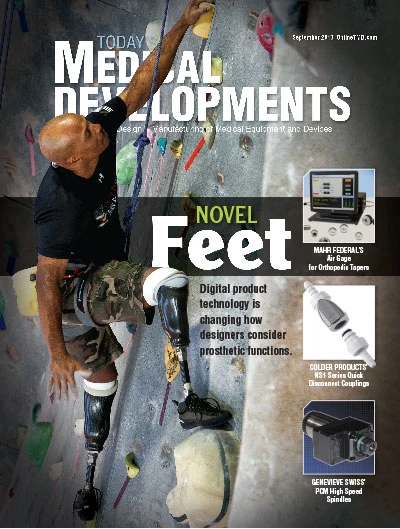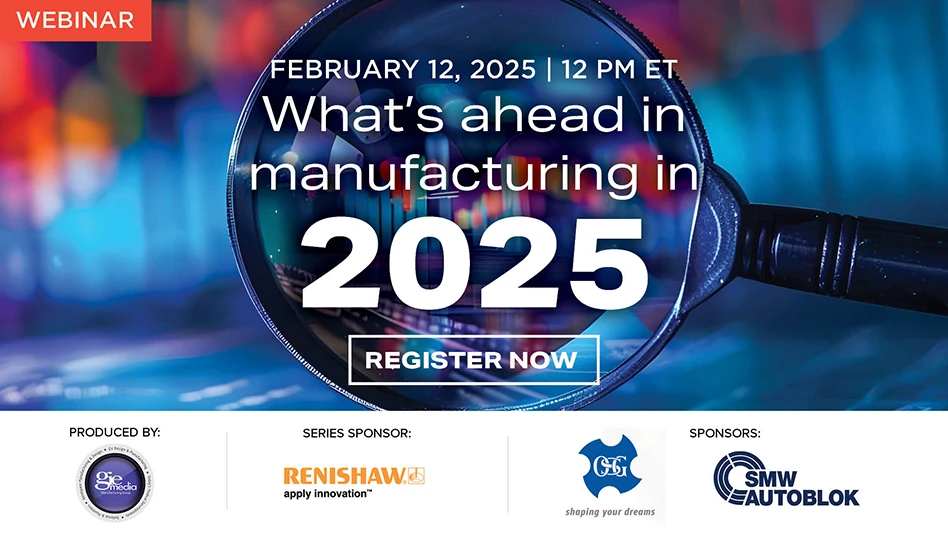 Medical device companies operate in what is perhaps the most highly regulated industry in the United States, Europe, and other markets. Manufacturers well know the technical expertise, R&D investments, planning, and compliance needed to develop and bring new products to market. Medical device manufacturers, however, may sometimes be less prepared when it becomes necessary to remove one of their products from the stream of commerce.
Medical device companies operate in what is perhaps the most highly regulated industry in the United States, Europe, and other markets. Manufacturers well know the technical expertise, R&D investments, planning, and compliance needed to develop and bring new products to market. Medical device manufacturers, however, may sometimes be less prepared when it becomes necessary to remove one of their products from the stream of commerce.
For medical device manufacturers, product recalls are infrequent events. However, when they do occur, the consequences can be severe. The stakes entail lost revenue and the costs associated with the recall itself. Nevertheless, the damages to a company’s brand and balance sheet are the potentially devastating.
Since January 2012, there have been more than 70 medical devices recalled in the U.S. alone. The most frequent causes include manufacturing defects, software malfunctions, equipment malfunctions, corrosion, and labeling issues. By far the most frequent recalls have involved Class I devices, which may be subject to the least amount of regulatory control by the U.S. Food and Drug Administration (FDA). The costs and risks associated with recalling Class II and Class III medical devices can be even greater.
Even organizations with the best safety records and controls can find themselves dealing with a product recall. Katherine Cahill, founder and CEO of Cahill Consultants Inc., says that companies that fail to prepare for the consequences of a recall are essentially putting their brand and their balance sheet at risk. She says organizations with both a pre- and post-incident product recall strategy are usually in the best position if a recall occurs.
“Just because companies spend millions in R&D to bring new products into the stream of commerce, doesn’t mean those companies are experts in taking products out of the stream of commerce,” Cahill says. “The strategic ability of a company to deploy a product recall quickly and efficiently significantly aids to preserve the integrity of the company’s brand.”
Types of Recalls
The United States recognizes three classes of medical devices, based on the level of control necessary to assure safety and effectiveness. Class I devices include elastic bandages, examination gloves, and hand-held surgical instruments. Class II devices, such as powered wheelchairs, infusion pumps, and surgical drape, require special controls to assure safety and effectiveness. Class III devices, which require premarket approval, are usually those that support or sustain human life, are of substantial importance in preventing impairment of human health, or present a potential, unreasonable risk of illness or injury. Examples include implantable pacemakers, pulse generators, HIV diagnostic tests, automated external defibrillators, and endosseous implants.
The European Union (EU) and European Free Trade Association (EFTA) has four classes of medical devices, ranging from low risk to high risk. European classification depends on rules that involve the medical device’s duration of body contact, invasive character, use of an energy source, effect on the central circulation or nervous system, diagnostic impact, or incorporation of a medicinal product. Classifications in Canada correspond to those in Europe. Australia’s regulators add a fifth class: active implantable medical devices, or AIMDs, which pose the highest risk and therefore receive the strictest regulations.
In the U.S., recalls of unsafe products are conducted on a voluntary or involuntary basis. In the highly regulated medical device industry, however, the term “voluntary” can be misleading. Despite how the recall is labeled, if a company fails to conduct a recall or if it refuses to conduct a recall, it can face significant fines and penalties from government regulators. An involuntary recall occurs when a company refuses to remove a product from the stream of commerce. When this occurs, government regulators will essentially force the company to conduct a recall.
Regardless of the method by which the product is recalled, it is required to be removed from the stream of commerce because it presents a safety concern. However, not all product recalls pose the same threat. For this reason, product recalls are given a classification to alert the consumer as to the seriousness associated with the product’s safety.
Medical device manufacturers are also required to report any safety issues to the appropriate regulatory agency. By law, businesses are legally required to do this or risk paying fines or having their operations shut down entirely. The FDA’s determination about the need for a recall does not need to be based on the statistical significance of a safety issue, but rather the existence of a pattern of incidents. In practice, the severity of the injury, coupled with the capacity to affect end users, often causes the FDA to request a voluntary recall of the product.
Preparing for a Product Recall
Medical device manufacturers tend to view product recalls as catastrophic events. With proper planning and preparation, however, the impact of a product recall can be minimized.
A product recall plan is essential for medical device manufacturers. The plan should include written procedures for identifying and dealing with safety issues. Identifying a potential problem early and addressing it quickly prevents a product recall situation from spiraling into a crisis.
Having a product recall chain of command is also critical. A product recall task force should be identified in advance, and detailed roles and responsibilities should be assigned. Contact information should be collected for all team members since recalls do not occur only during business hours.
Further, effective communication with the news media, regulatory officials, investors, and other stakeholders is vital. A company spokesperson should be designated in advance and should receive training in dealing with the media. In most cases, a public relations firm should be retained to help craft the most effective messages. The communication plan also should include a social media strategy.
Supply Chains
Effectively managing suppliers is essential to reducing the risk of a product recall. This is increasingly true given the growing complexity of supply chains, which increasingly involve sourcing parts and materials globally. In fact, many recalls of medical device products stem from a component or part made by an original equipment manufacturer (OEM) or other company in the supply chain. For example, if a battery in a pacemaker malfunctions, the manufacturer of the pacemaker may be responsible for the recall, particularly if the batteries were manufactured by a company located overseas.
|
Did you know? The most frequent recalls have involved Class I devices, which may be subject to the least amount of regulatory control by the U.S. Food and Drug Administration (FDA). The costs |
Medical device manufacturers should insist upon written contracts for every step in the supply chain. Those contracts should include process-change protocols that govern how a supplier handles changes in manufacturing or the sourcing of raw materials. This can help protect against the consequences of supplier cost-cutting measures that go unreported and unapproved. Such protocols are especially important when suppliers are located in countries with less stringent regulations and oversight.
Medical device manufacturers should work with suppliers that have adopted best practices, such as Six Sigma and Lean manufacturing.
Product Recall Insurance
One common misperception in the medical device industry is that companies cannot obtain insurance for product recalls. In fact, coverage does exist that can provide financial statement protection, as well as brand and reputation protection. Product recall insurance provides the insured indemnification for its financial losses resulting from the recall of a product, such as recall costs, loss of profit, and replacement costs. Like other crisis-management insurance products, product recall insurance also involves extensive consulting services on a pre- and post-incident basis.
Crisis management insurance is different from, but complementary to, liability insurance. Both coverages look at products and related exposures. Product recall is a first-party coverage protecting the insured’s balance sheet and brand name, whereas liability coverage pays for third-party damages, such as bodily injury or property damage. The fact is medical device manufacturers do not have to go through a product recall situation alone. Instead, they can seek protection from insurance carriers who specialize in product recall coverage.
Understanding the Stakes
A product recall, whether voluntary or involuntary, can have long-term effects on the revenue prospects for a product and, potentially, for the entire company. According to an analysis conducted by a leading accounting/consulting firm, a significant decline in future sales as a result of a product recall could have a huge impact on a business’s calculated fair value. Some factors that can negatively impact future cash flow include a reduction in forecasted revenue due to lost product confidence, the amount of time needed to regain lost market share (if this is even possible), a change in the timing of cash-flow activities, and increased marketing expenses needed to regain market positioning.
The overall impact of a product recall on a business’ balance sheet also often coincides with the impact that it has on its brand. It typically takes years for a business to develop its brand reputation, one of its most valuable assets, but it can take only moments for that reputation to be tarnished. In the digital world, and in a world of 24-hour news cycles, information is disseminated globally nearly instantaneously. If not handled correctly, product recalls can do serious damage to a brand. If handled well, however, a company may even emerge from a recall situation with an enhanced reputation and a stronger brand.
Remember: Know the various types of recalls; plan and prepare to be ready if there’s a recall; effectively manage the supply chain; learn about product recall insurance; and really understand the stakes.
ACE Westchester
North Haven, Conn.
www.acewestchester.com
About the author: Florian Beerli is senior vice president, product recall, at ACE Westchester and can be reached at florian.beerli@acegroup.com.

Explore the September 2013 Issue
Check out more from this issue and find your next story to read.
Latest from Today's Medical Developments
- UCIMU: fourth quarter 2024 machine tool orders on the rise
- Thomson Industries’ enhanced configuration capabilities
- Frequently Asked Questions about AM Post Processing
- How new executive orders may affect US FDA medical device operations
- Midwest DISCOVER MORE WITH MAZAK
- Reshoring survey to provide insight for US industrial policy
- NB Corporation of America's ball splines
- AdvaMed seeks medical technology exemption from all tariffs





